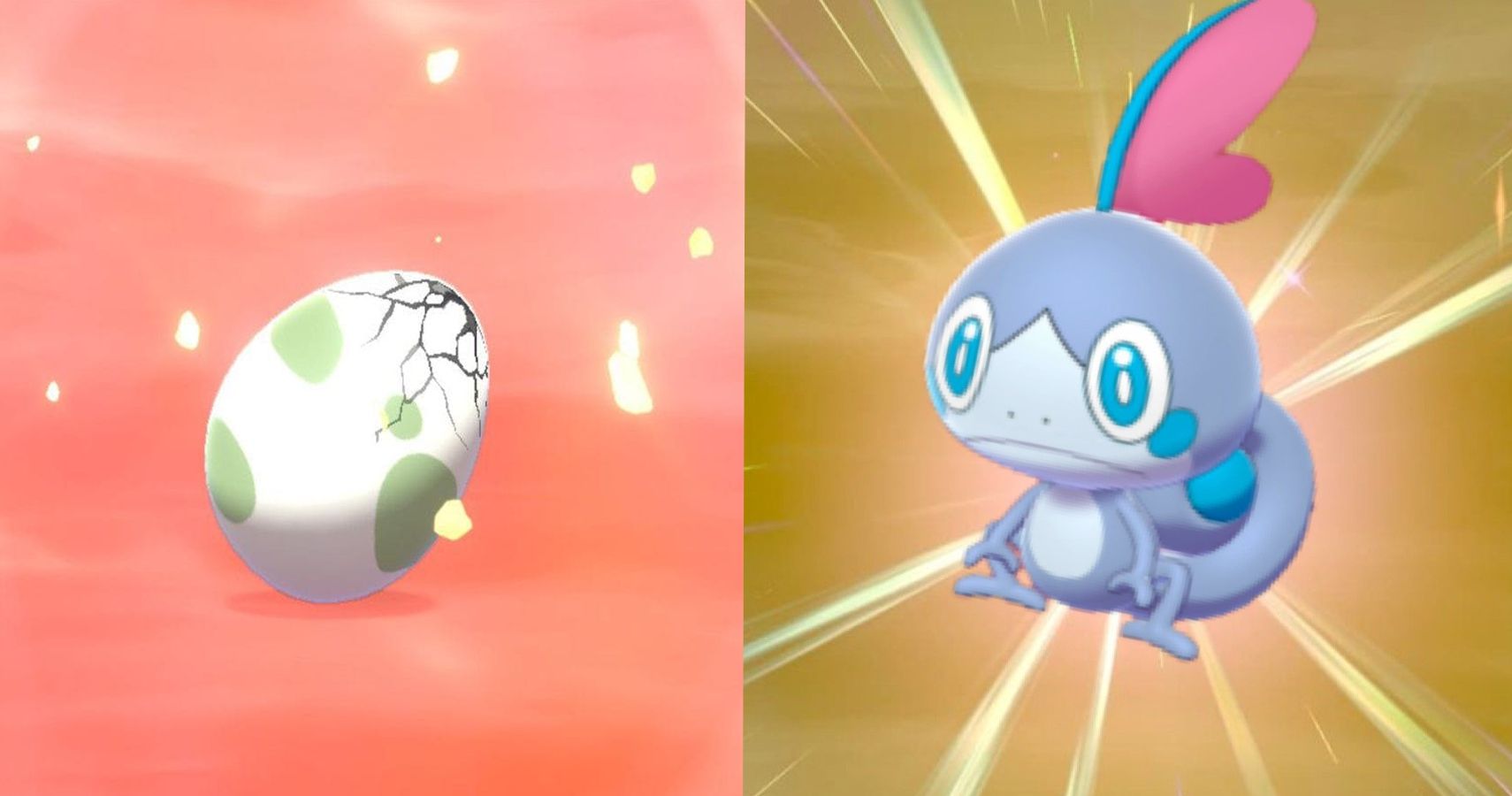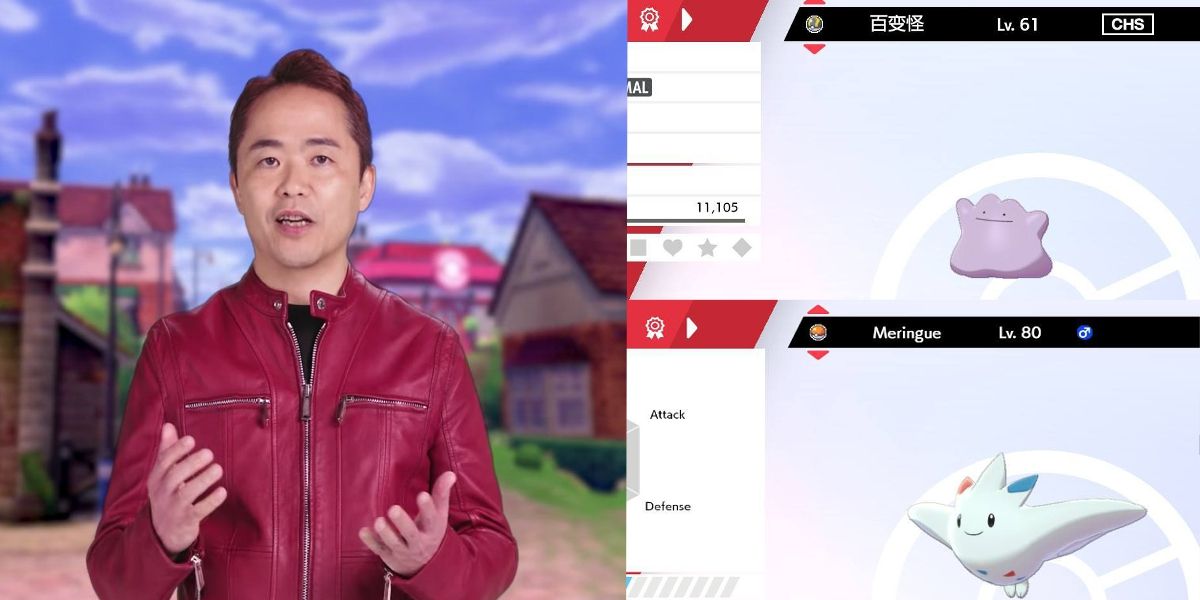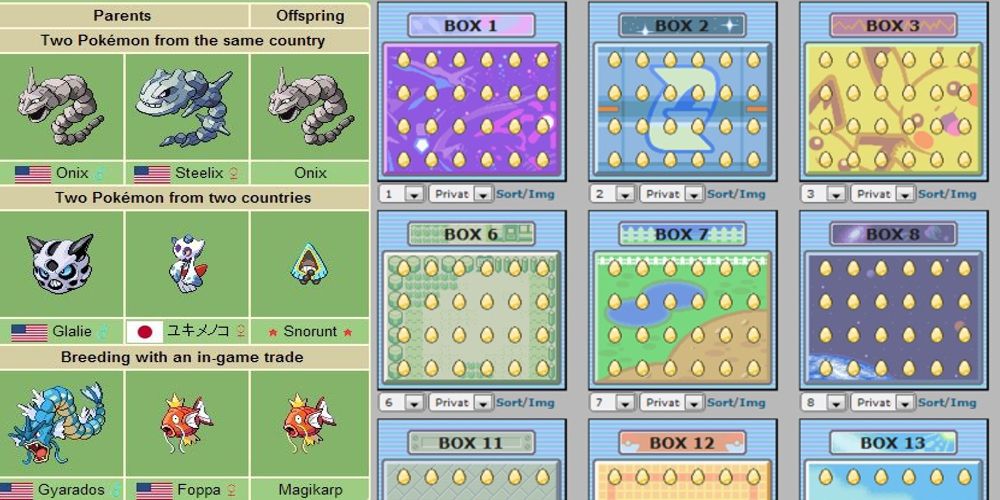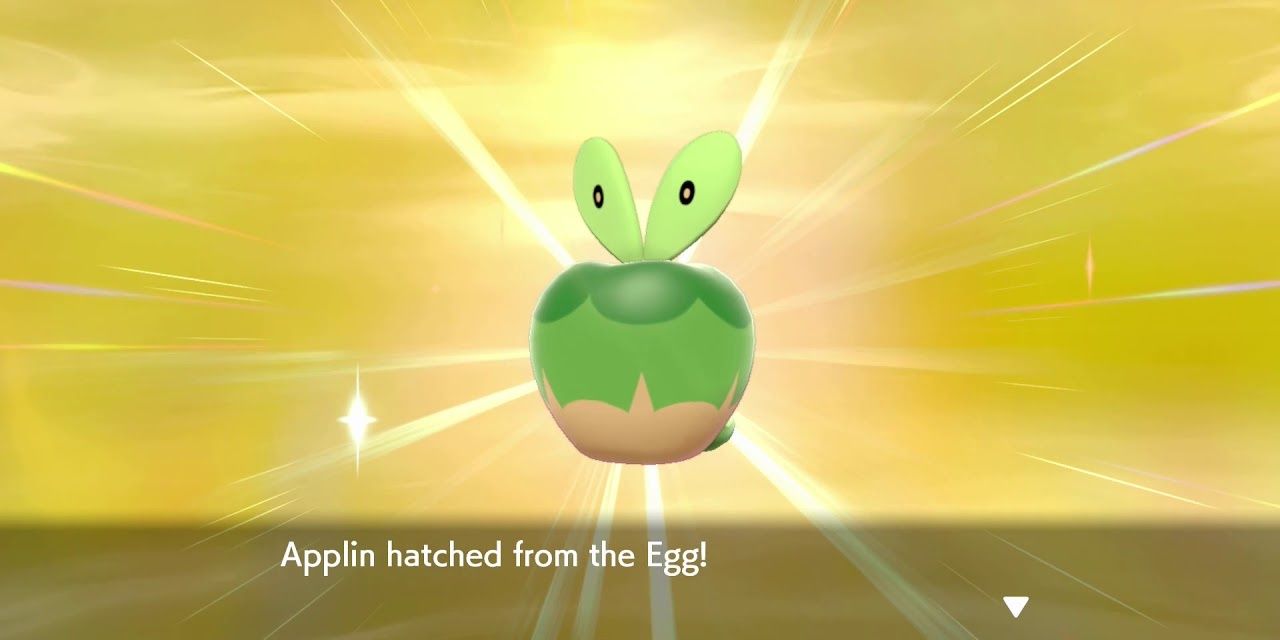Quick Links
Since its very first title in 1996, the Pokemon series has captivated fans with its amazing creatures and intricate worlds and mechanics. Many of the aspects that players devote their love and time to are elements that are rarely, if ever, explained outright in the games themselves, such as EVs, IVs, and most famously shiny Pokemon.
Shiny Pokemon were introduced in Generation II and became a massive hit. Game Freak caught on to this and introduced several different methods of obtaining shiny Pokemon that were also never fully explained in-game. Part of the excitement and fun in Pokemon games is figuring out such hidden gems yourself or with a community of like-minded players.
Shiny hunting is something that many players dedicate themselves to, and they can attest that some games are better to shiny hunt in than others. Many prefer games that utilize the Masuda method, which is a special technique for obtaining shiny Pokemon in later games. If you're not sure how to use this method, read on and become a Masuda method expert.
Updated December 27, 2021 by Matthew Pentleton: More information has been added, including where to find the Day Cares and Nurseries in every region, some extra tips for breeding shiny Pokemon, and details on adding IV breeding into your Masuda method hunting.
What Are Shiny Pokemon?
For those confused or unaware, every Pokemon in the game has an alternate palette or coloring that is much rarer and harder to obtain than its normal palette. These Pokemon not only look different but also visibly sparkle any time they are sent into battle.
So if shiny Pokemon are only different in aesthetics, why are they so coveted? Well, a shiny's rarity and uniqueness offer a lot to players looking for an extra challenge to pursue, as well as bragging rights. This is because obtaining shinies is notoriously difficult.
For their introduction in Generation II, the odds of randomly encountering a shiny Pokemon in the wild were 1/8192, or roughly 0.012% chance. To introduce the concept of shinies to players, the shiny red Gyarados at the Lake of Rage was included in Pokemon Gold, Silver, and Crystal.
There are some Pokemon that are intentionally more likely to be shiny, such as the Odd Egg in Pokemon Crystal. Conversely, there are some Pokemon that can never be shiny, such as certain legendaries or starter Pokemon. These are referred to as "shiny-locked." Finally, there are methods to increase the odds of encountering or hatching shiny Pokemon that players have figured out through hard gaming and sleuthing.
What Is The Masuda Method?
The Masuda method is a method of shiny hunting nicknamed by fans after the creator who implemented the technique, Game Freak designer Junichi Masuda. Masuda first programmed this method into Pokemon Diamond and Pearl, for which he was the Director, and it has been present in every subsequent main-series Pokemon game.
The basic premise is that breeding two Pokemon that were created on different-language games will have a higher chance of being shiny. For example, a Vulpix from the player's game and a Ninetails from a French-language game would have higher odds of producing an egg containing a shiny Vulpix.
Since Diamond and Pearl were the first games that allowed for Wi-fi Connection and use of the Global Trading System, it makes sense to have a method that could only be taken advantage of by using those trading services.
How To Hunt Shiny Pokemon With The Masuda Method
The first thing you'll need to get started with the Masuda method is a Pokemon from a foreign-language copy of the relevant game. Ditto is by far the best option here, as it can breed with anything. This means that once you have a foreign Ditto, you can shiny hunt any Pokemon you like, as much as you like.
Getting you hands on a foreign-language Ditto is a lot easier than it used to be thanks to the internet - standardized trade codes quickly emerged for the Switch games that make trading Ditto incredibly simple. In BDSP, head into the Union room on code 6863 4886 with a Ditto of your own and you'll find someone from another country willing to trade quickly enough.
For Sword and Shield, use the link code 4448 4448 the same way and you'll have a foreign Ditto in no time. For the 3DS games, there are no such codes, but you can find an abundance of subreddits and Discord servers where you can arrange trades. Sadly, official online support for games on the original DS has ceased, so getting a foreign Ditto into the Gen Four or Five games is easier said than done.
Once you have your Ditto, make your way to the Day Care or Nursery in your game. Here's a full list of all the locations, as well as how you'll know an egg is ready to collect:
|
Region |
Games Where The Masuda Method Is Possible |
Day Care/Nursery Location |
Indicator That Egg Is Ready |
|---|---|---|---|
|
Sinnoh |
Diamond, Pearl, Platinum, Brilliant Diamond, Shining Pearl |
Solaceon Town |
Man faces right towards the road instead of down away from the Day Care |
|
Johto |
Heartgold, Soulsilver |
Route 34 |
Man faces left or right instead of down, and will call you on your Pokegear |
|
Unova |
Black, White, Black 2, White 2 |
Route 3 |
Man will call out to you as you pass, though in Black and White he won't do this if your party is full |
|
Kalos |
X, Y |
Route 7 |
Man will face the road instead of the Day Care |
|
Hoenn |
Omega Ruby, Alpha Sapphire |
Route 117, Battle Resort |
Man will step out of line with the fence |
|
Alola |
Sun, Moon, Ultra Sun, Ultra Moon |
Paniola Ranch |
Lady will fold her arms |
|
Galar |
Sword, Shield |
Route 5, Wild Area Bridge Field |
Lady will fold her arms |
Once you're there, leave your Ditto with the Pokemon you want to shiny hunt to start producing eggs. Both egg production and egg hatching are tied to the number of in-game steps you take, so Masuda method hunting boils down to a lot of running or cycling in circles. The quickest way to hunt is to fill up a party of six eggs (or five, if you're using the faster Flame Body method outlined below) and start moving back in forth or round in circles, picking up new eggs whenever they're ready so you can swap in a new batch as soon as your current one hatches.
Some players like to build up several boxes of eggs then go somewhere with lots of space to get steps in and hatch eggs - the road around X and Y's Prism Tower allowed players to AFK while cycling in a circle, making it ideal for this sort of thing, but the fastest method for continuous hunting is still ultimately just to stay by the Day Care/Nursery.
Hatch enough eggs, and you'll eventually get a shiny! Don't be discouraged if you go over the odds number - that's an inevitable part of chance-based mechanics like this. If you've followed the guide to this point and used the tips below, you've done everything you can to make the process quick as possible. The only thing left you can do to guarantee a shiny is to hatch as many eggs as it takes.
How Does The Masuda Method Work?
The main condition that must be met in order for increased shiny odds to occur is that both Pokemon must be from a game of a different language, such as English and Japanese. A Pokemon's game origins can be identified by a three-letter language tag in their summary, such as "ITA" for Italian. If there is no tag, then the Pokemon comes from the player's own language.
The specific shiny odds for the Masuda method vary between generations:
- In Generation IV, the regular odds of 1/8192 are multiplied by 5, resulting in 1/1638 or 0.061% chance.
- In Generation V, the regular odds of 1/8192 are multiplied by 6, resulting in 1/1365 or 0.073% chance.
- In Generation VI and onwards, the regular odds were increased to 1/4096, which multiplied by 6 results in 1/683 or 0.146% chance.
As well as fantastically low shiny odds, another great thing about the Masuda method is that players can have control over the Pokemon they are shiny hunting. Players can determine what moves the Pokemon has, their nature, and even the Pokemon's IVs. In short, a Pokemon's IVs (or Individual Values) are like their genetic code that determines how strong it can grow to be in each of its stats. Being able to have great IVs means that shiny Pokemon obtained using this method are quite strong and can be used competitively as well.
Control over IVs and natures isn't a part of the breeding process by default, however. You'll need parent Pokemon with the IVs and natures you want, and a destiny knot and everstone for them to hold. For more information on competitive breeding, check out this guide; to use the process outlined there in conjunction with the Masuda method, simply have one of the parents be from another language game.
Back in Gen II, a Pokemon's IVs determined whether they were shiny, meaning a perfect IV Pokemon could never be shiny. Luckily, Gen III changed that calculation, so now the determining factors are the Original Trainer's ID number, their secret ID number, and the Pokemon's personality value. Only an OT ID is visible, while the other two numbers are hidden.
When the game recognizes two Pokemon in the daycare have different languages, the game will generate extra personality values, which are essentially extra chances to result in a shiny Pokemon. Whether a Pokemon is shiny or not is determined when the egg is hatched but is influenced by which trainer hatches it. You won't have any luck trying to re-hatch the same egg, but you can trade the egg to a trainer with the correct values where it will hatch as shiny using a subreddit such as SVExchange. However, while interesting, this method is slower than simply hatching lots of eggs.
Tips For Shiny Hunting
You've got the basics of the Masuda method down, so here are some helpful tips that will make your hunt way smoother:
- There are three abilities that play a crucial role in egg-hatching: Flame Body, Magma Armor, and Steam Engine. Having a Pokemon with one of these abilities in the party will cut the time needed to hatch an egg in half. Many players use Talonflame because it can also use Fly.
- A common problem Masuda method hunters run into is that they hatch eggs faster than they receive new ones. This can be mitigated with the Oval Charm, a part of the series since Black and White 2. Obtained through regional Dex completion up to and including ORAS (after which it's a reward for beating Morimoto in battle), this charm increases the rate at which eggs are produced.
- The Shiny Charm is another Key Item introduced in Pokemon Black 2 & White 2 which players can obtain after finishing the National/Regional Pokedex, depending on the game. This charm not only increases the overall rate of finding shinies, but stacks with the Masuda method, making it even more likely to hatch a shiny Pokemon. In Black and White 2, the shiny charm cuts your odds of hatching a shiny to 1 in 1024, and in everything from X and Y onwards, the odds are just 1 in 512!
If there's a shiny Pokemon out there you've wanted for ages, consider this your sign to go forth and hatch a whole load of eggs to get your dream shiny. Happy hatching!






